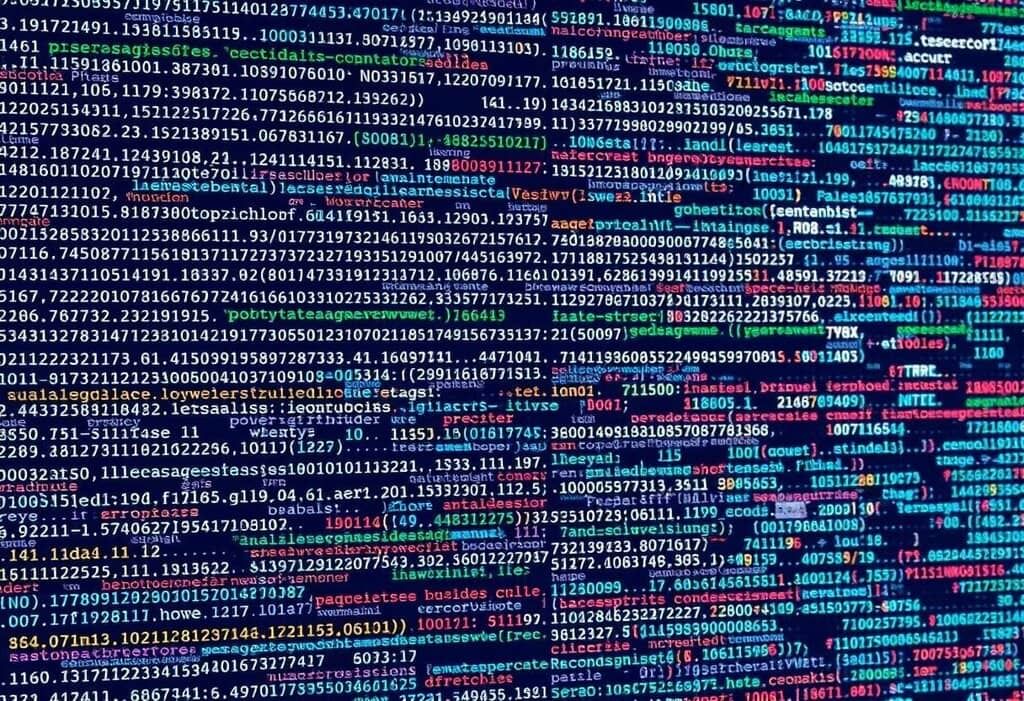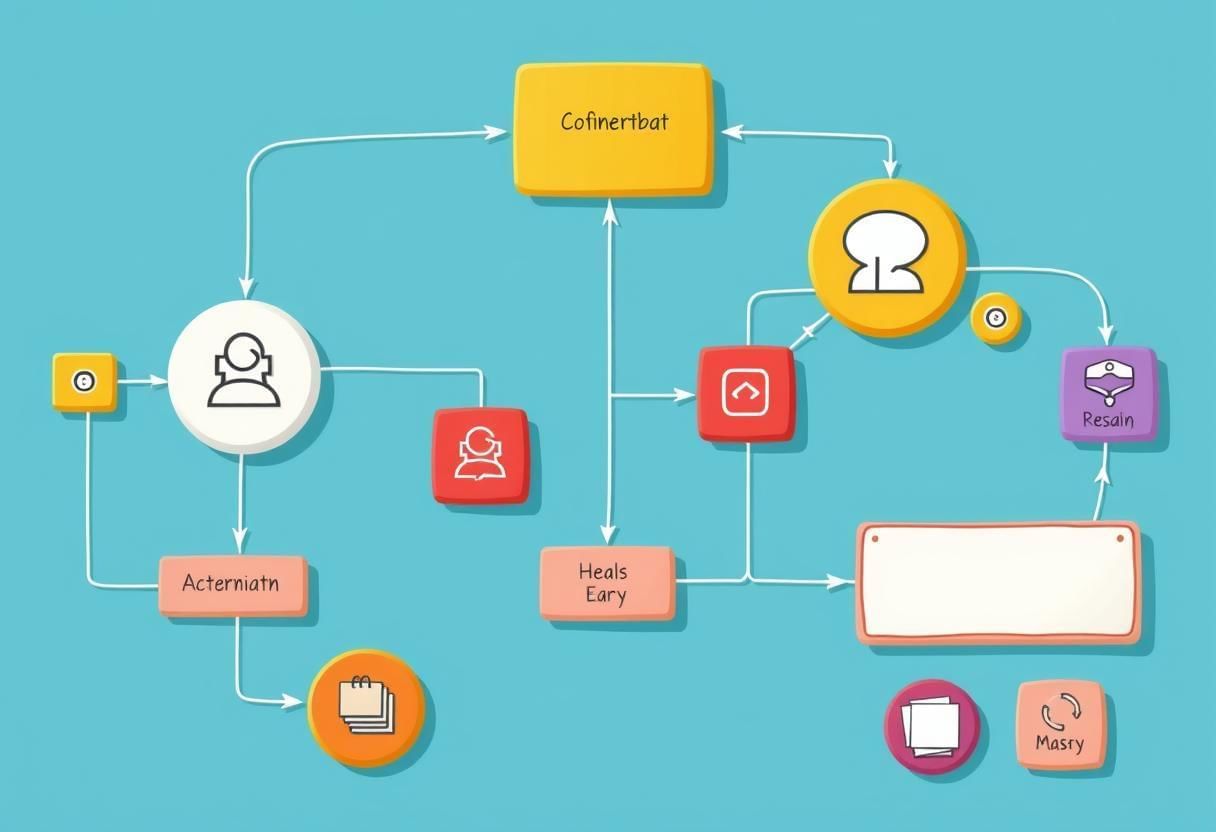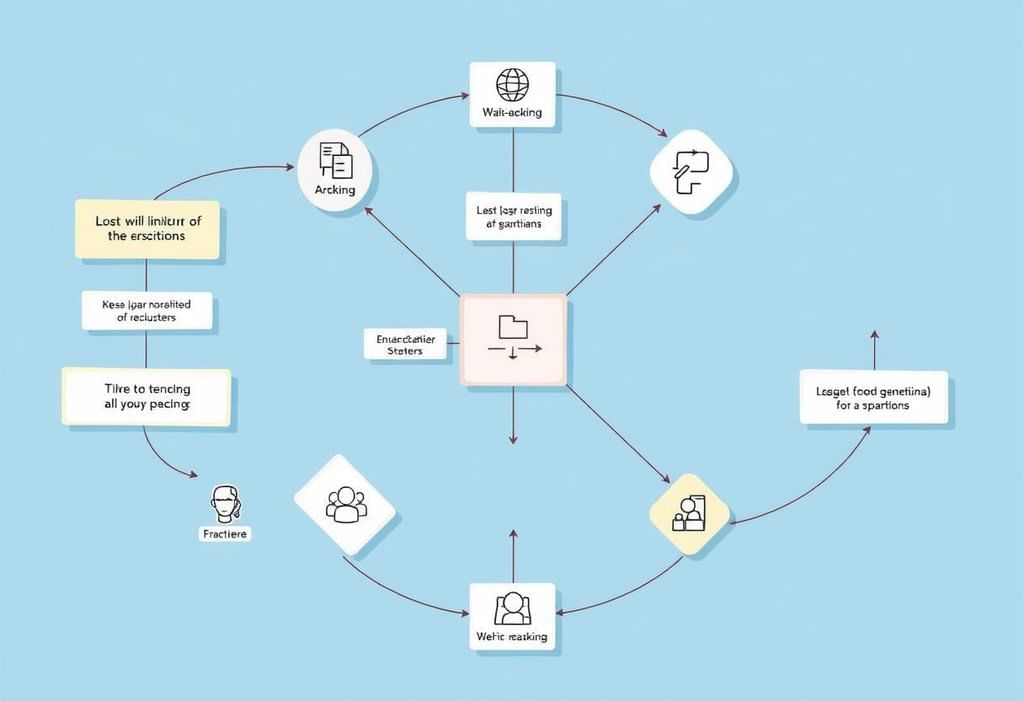Learning Algorithms | Year 5 Computing IGCSE (Cambridge) PDF Download
What is an Algorithm?
An algorithm is a set of step-by-step instructions or procedures that solve a problem or perform a task. Algorithms are the foundation of computer programming because they provide a clear method for solving problems or completing tasks in a systematic way.
Example: A recipe for making a cake is an algorithm. The recipe gives you a step-by-step process to follow to bake the cake, just like an algorithm guides a computer through tasks.
Algorithms can vary in complexity, from simple tasks like adding two numbers to more complex tasks like sorting a list of numbers.
Basic Algorithms (Sorting, Searching)
Sorting Algorithms
Sorting refers to arranging data in a specific order, such as ascending or descending. Sorting algorithms are used to reorder data so that it is easier to process or display.
- Bubble Sort: A simple algorithm that repeatedly steps through the list, compares adjacent items, and swaps them if they are in the wrong order.
- Quick Sort: A more efficient sorting algorithm that divides the data into smaller parts, sorts them, and then combines them.
Example: Sorting a list of students’ names in alphabetical order using a sorting algorithm like bubble sort or quick sort.
Searching Algorithms
Searching refers to finding a specific item in a collection of data. There are two basic types of searching algorithms:
- Linear Search: A simple search method that checks each item in the list one by one until it finds the target item or reaches the end of the list.
- Binary Search: A faster search method that works on sorted data by repeatedly dividing the search interval in half.
Example: Looking for a specific student’s name in a list of names using either linear search or binary search depending on whether the list is sorted.
Understanding Flowcharts and Pseudocode
Flowcharts
A flowchart is a graphical representation of an algorithm. It uses symbols like rectangles, diamonds, and ovals to show the flow of control and the steps in the algorithm.
- Start/End: Represented by an oval, showing the beginning and end of the algorithm.
- Process: Represented by a rectangle, showing a process or action in the algorithm.
- Decision: Represented by a diamond, showing a decision point (e.g., if-else conditions).
- Arrow: Represents the direction of the flow between steps.
Example: A flowchart for making a cup of tea might have steps like "Boil water," "Add tea leaves," and "Pour water into a cup," with decision points like "Is the water boiled?"
Pseudocode
Pseudocode is a way of writing algorithms in plain language that resembles programming code. It is not a specific programming language, but it helps programmers plan the logic of their program before they write the actual code.
Example of Pseudocode for sorting numbers:
START
FOR each number in the list
COMPARE the number with the next number
IF the number is greater than the next number THEN
SWAP the numbers
END IF
END FOR
END
Pseudocode helps make complex algorithms easier to understand and translate into actual code later on.
Simple Programming Concepts
When working with algorithms, it’s important to understand a few basic programming concepts:
- Variables: Variables are used to store data that can be used later in the program. For example, a variable could store a number or a string of text.
- Conditionals: Conditional statements (like if, else, and switch) allow the program to make decisions based on whether a condition is true or false.
- Loops: Loops (like for and while) are used to repeat a block of code multiple times.
Example: A simple program that uses a loop to print "Hello" five times or uses an if statement to check if a number is even or odd.
Problem-solving through Algorithms
Problem-solving in programming often involves breaking down a large problem into smaller, manageable steps, and then creating algorithms to solve those steps. Here’s how to approach problem-solving with algorithms:
- Understand the Problem: Clearly define the problem before you begin. What is the goal? What inputs and outputs are expected?
- Break It Down: Divide the problem into smaller sub-problems or steps.
- Create the Algorithm: Design an algorithm that solves each sub-problem step-by-step.
- Test the Algorithm: Try the algorithm with different test cases to ensure it works correctly.
Example: If you need to find the average of a list of numbers, your algorithm could include steps like summing all the numbers and then dividing by the total count of numbers.
Introduction to Basic Programming Logic
Basic programming logic forms the foundation for writing efficient code. It involves understanding how to translate algorithms into actual programming instructions that a computer can execute.
- Sequence: The order in which instructions are executed.
- Selection: Making decisions based on conditions (e.g., using if-else statements).
- Iteration: Repeating a process (e.g., using loops).
Example: In a program that calculates the sum of even numbers from 1 to 10, the logic would involve using a loop to iterate through the numbers and an if statement to check if the number is even before adding it to the sum.
|
10 docs|8 tests
|
FAQs on Learning Algorithms - Year 5 Computing IGCSE (Cambridge)
| 1. What is an algorithm and why is it important in programming? |  |
| 2. What are some basic algorithms used in programming? |  |
| 3. How can flowcharts and pseudocode help in understanding algorithms? |  |
| 4. What are some simple programming concepts that beginners should know? |  |
| 5. How can I improve my problem-solving skills through algorithms? |  |















